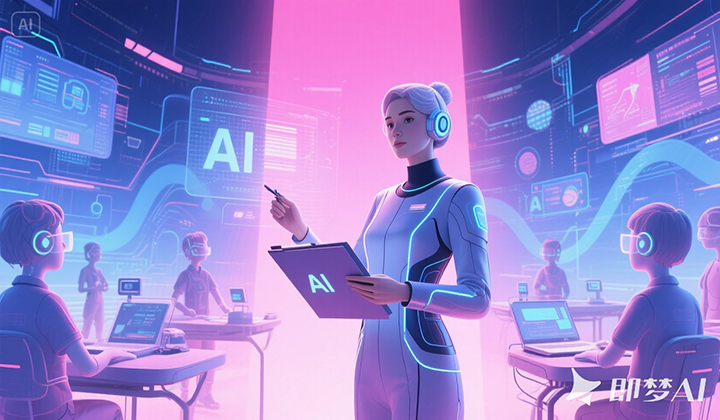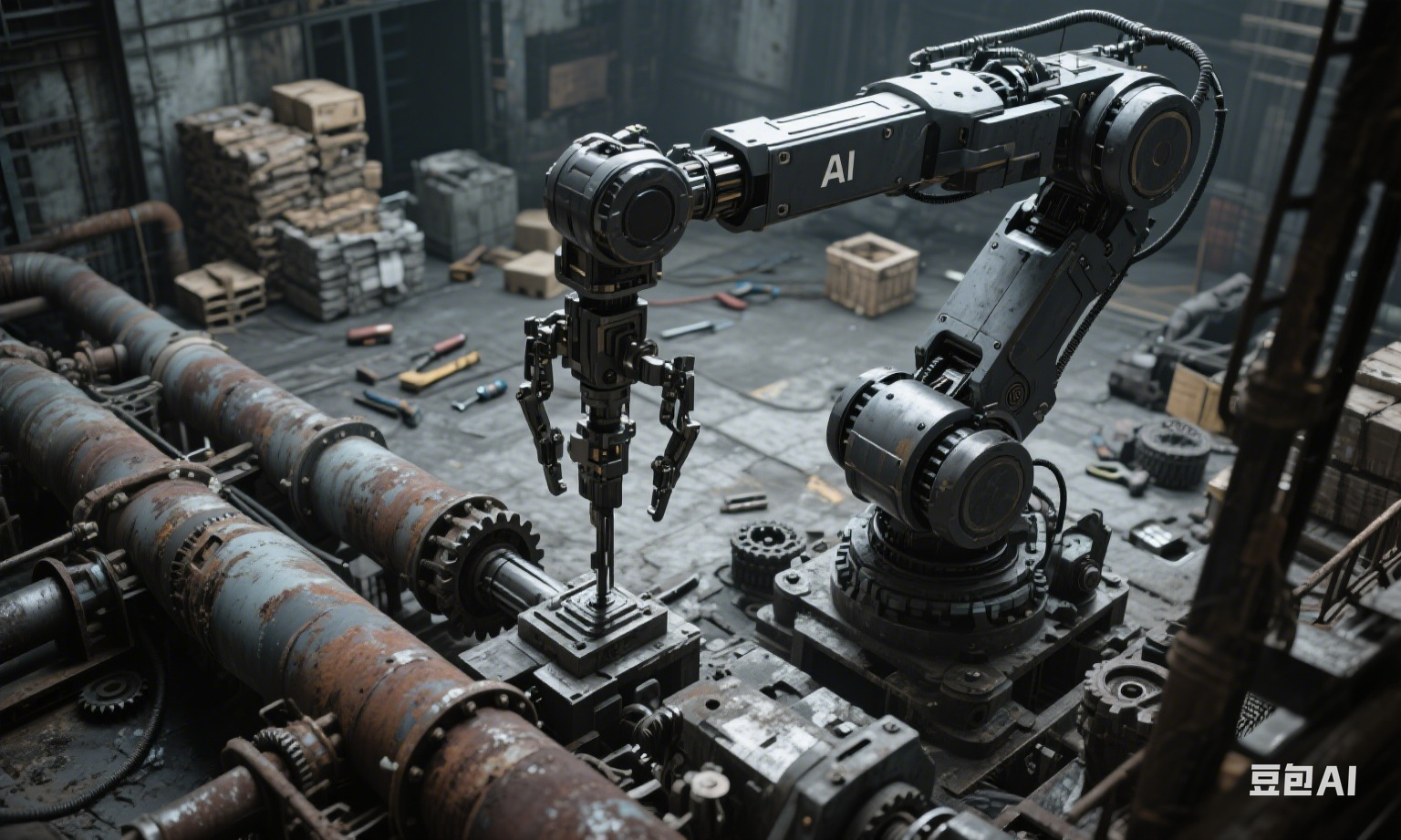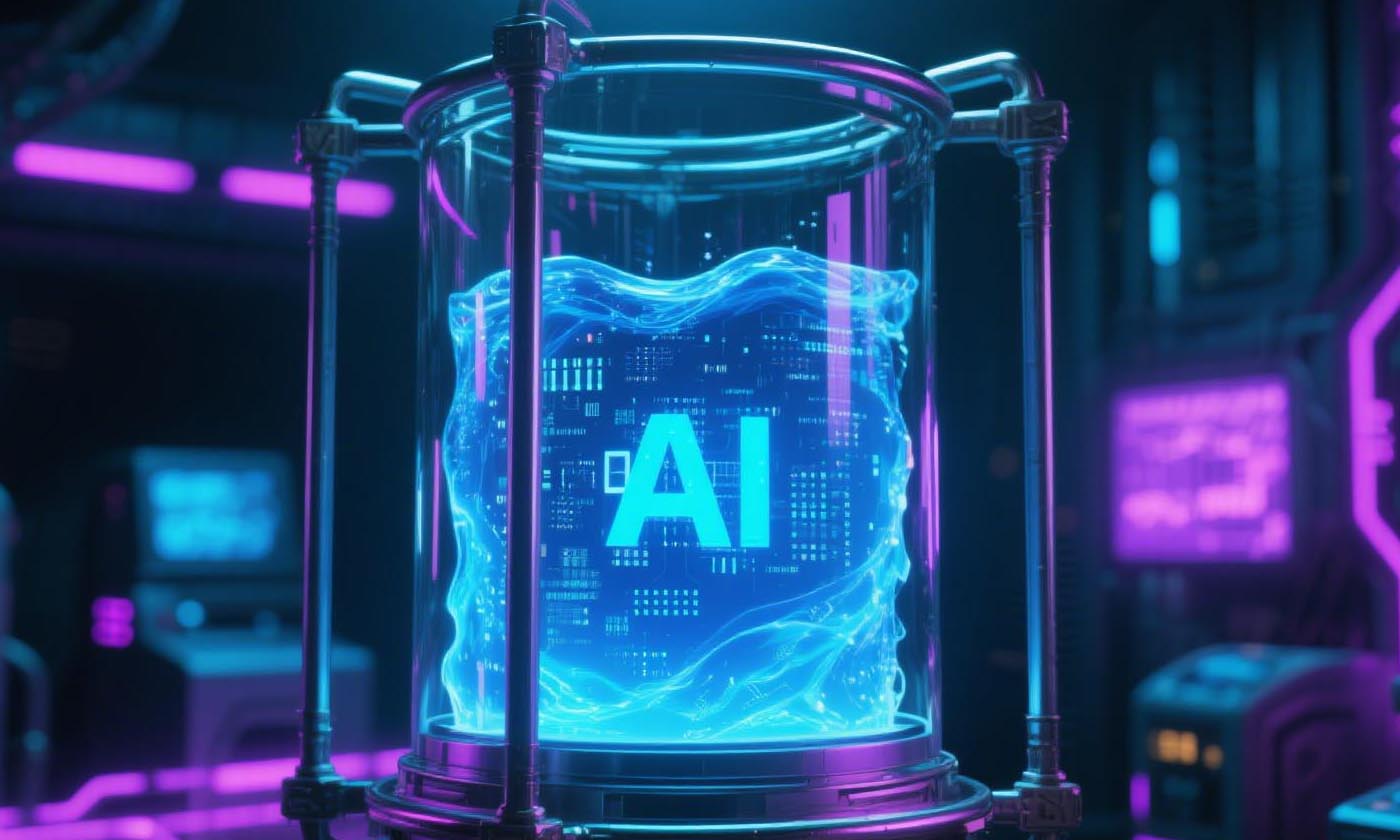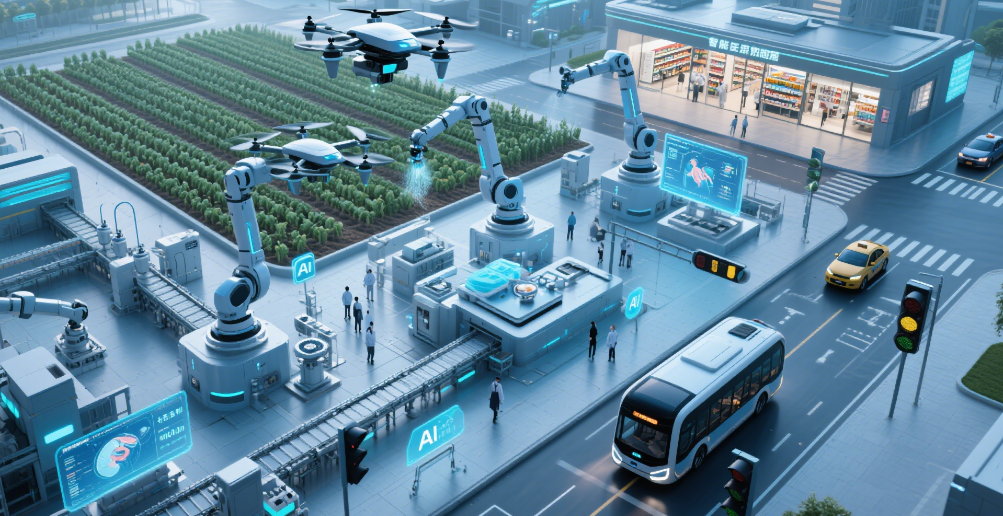Emerging Technologies Shaping Tomorrow
1. Generative AI and Multimodal Systems
Generative AI has moved beyond novelty to become a cornerstone of innovation. Models like GPT-4, DALL-E, and Stable Diffusion demonstrate remarkable proficiency in generating text, images, and even code. However, the next leap lies in multimodal AI—systems that seamlessly integrate text, audio, vision, and sensor data. For instance, Google’s Gemini project aims to unify language and visual reasoning, enabling AI to interpret complex scenarios (e.g., diagnosing medical scans while cross-referencing patient histories).
These systems rely on diffusion models and transformer architectures trained on petabytes of cross-domain data. The implications span from personalized education tools to real-time disaster response, where AI synthesizes satellite imagery, social media feeds, and sensor networks to guide rescue operations.
2. AI-Driven Scientific Discovery
AI is accelerating scientific research at scales unimaginable a decade ago. AlphaFold, developed by DeepMind, has predicted the 3D structures of over 200 million proteins—a task that once took decades. Now, researchers are deploying AI to design fusion energy reactors, discover new materials, and simulate climate systems.
Neuro-symbolic AI, which combines neural networks with symbolic reasoning, is unlocking breakthroughs in drug discovery. For example, Insilico Medicine used AI to identify a novel drug candidate for fibrosis in just 18 months, a process that traditionally takes years. Meanwhile, projects like NASA’s Earth Observing System employ AI to model ecological shifts and predict extreme weather events with 90%+ accuracy.
3. Embodied AI and Robotics
The integration of AI into physical systems—termed embodied AI—is bridging the digital and physical worlds. Boston Dynamics’ Atlas robot, powered by reinforcement learning, can now perform parkour and manipulate objects in unstructured environments. Similarly, Tesla’s Optimus humanoid robot aims to automate repetitive tasks in factories and homes.
Key to this progress is sim-to-real transfer, where AI agents train in hyper-realistic virtual environments (e.g., NVIDIA’s Omniverse) before deploying in the real world. This approach reduces costs and risks, enabling robots to master complex skills like surgical precision or warehouse logistics.
4. Quantum Machine Learning
Quantum computing promises to solve problems intractable for classical computers, and its convergence with AI could unlock unprecedented capabilities. Quantum machine learning (QML) algorithms, such as quantum neural networks, exploit quantum superposition and entanglement to process data exponentially faster.
Companies like IBM and Google are experimenting with QML for optimization tasks, such as simulating molecular interactions for carbon capture. While still in its infancy, QML could soon revolutionize cryptography, supply chain management, and financial modeling.
5. Ethical AI and Governance
As AI permeates critical domains, ethical concerns—bias, privacy, and existential risks—demand urgent attention. The EU’s AI Act and the U.S. AI Bill of Rights outline frameworks for accountability, transparency, and human oversight. Meanwhile, researchers are developing AI alignment techniques to ensure systems act in accordance with human values.
Tools like OpenAI’s "Inverse Reinforcement Learning" aim to infer human preferences from behavior, reducing harmful outputs. Decentralized AI, powered by blockchain, is also emerging to democratize control over data and algorithms.
Conclusion: The Path Forward
The AI frontier is not without challenges—energy consumption, algorithmic bias, and workforce disruption loom large. Yet, the synergy of generative models, quantum computing, and ethical governance offers a roadmap to harness AI as a force for global good. Collaboration across academia, industry, and policymakers will be critical to navigate this uncharted territory.
In the words of Andrew Ng, “AI is the new electricity.” As we stand on the brink of this technological renaissance, one thing is clear: the machines of tomorrow will not just think—they will collaborate, create, and catalyze solutions to humanity’s greatest challenges.












